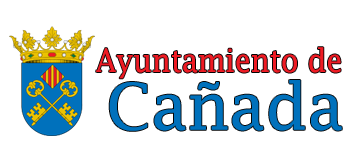Hermitage of Our Lady of the Carmen Erected in 1891 on a hill in the slope of the Sanmayor mount of Cañada in honor to the employer of the town, Our Lady of the Carmen, this small hermitage consists of a plant of unique ship in the form of Greek cross, vaults of cannon in the arms and blind dome on pendentives in the cruise.
The hermitage is located in a fenced area with a well-kept garden. On the outside of the hermitage stands the door, an elliptical oculus on it and the bulrush made of solid brick. This hermitage was built thanks to the dedication of the then village priest, José Molla Planes, a Discalced Carmelite known by the name of Padre Salvador, whose effort is recognized in several inscriptions of the hermitage.
On the façade of the chapel stands the door, an elliptical oculus above it and the bulrush made of solid brick.
The bell has the name “Carmen ¡Cruz Salvadora!” She was baptized by Father Salvador before being placed. During this christening, a coplilla was sung to reflect the work of Father Salvador:
“CARMEN SAVING CROSS!
They put the bell
They took her to the hermitage
After being baptized
And the one who baptized her
PADRE SALVADOR, they call him ”
“With the Virgin in Cañada,
forever the Father Salvador ”
Translation 7-7-85

